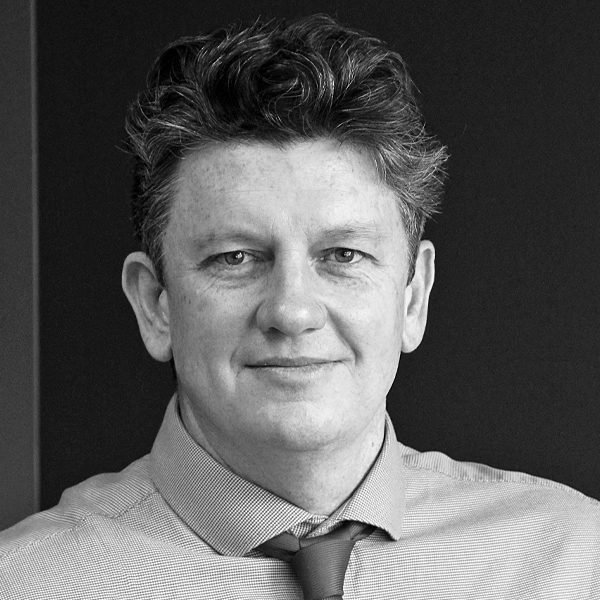The start of the year is often seen as a reset, when we can set down good habits for the coming 12 months.
For many of us, that includes a determination to get fit and healthy. New exercise regimes, diets and the like are regularly featured in New Year resolutions (and in the breaking of them), but we cannot forget the value of incidental activity, nor let it fall by the wayside when we start exercise programs.
These often involve sweating through running, cycling and weights sessions, or subjecting oneself to a personal trainer shouting mindlessly in the voice a Marine drill sergeant. While specific bouts of exercise are excellent ways to get fit and healthy, they should not come at the expense of incidental activity, or, as it is technically known, NEAT.
NEAT is an acronym for Non-exercise Activity Thermogenesis.1 Thermogenesis is simply the process of heat production in warm-blooded animals. The most familiar of this sort of process is the shivering we experience when we are cold, as our bodies try to warm us up.
Luckily for us, you cannot produce heat without using energy, and this can help us get fit. Our bodies are always using energy, whether exercising or doing day-to-day stuff, and even when we sleep. Maximising this process when we do our day-to-day activities is a great way to get an edge on health and fitness.
To get an idea of just how active and beneficial this time can be, consider this. According to my watch, a gym session followed by walking the dog is good for 7000 steps. However, vacuuming and washing the cars, doing the laundry, general housework and cooking a meal totals 9500 steps, depending of course on how much laundry you have! (Note also that, as I have written before, not all steps are created equal.)
Failing to maintain NEAT levels is one reason an exercise program can be ineffective. For example, imagine person X decides to get fit and starts walking the block for 20 minutes every morning.
Unfortunately, to make time for this they start driving to work, which eliminates a 10-minute walk at each end of their usual bus journey. By missing out on the walk to and from the bus and replacing it with walking the block and driving, they are actually halving the amount of work they do and the energy they burn; that’s how big a factor NEAT can be.
NEAT can be increased pretty easily, with the main criteria being that it fits in with the rest of your life. Some simple examples are listed below.
- Cook your own meals – takeaway is convenient, but usually unhealthy, and you miss out on the activity involved in cooking, which can be significant
- Do stretches when you watch TV – TV is a real roadblock to staying fit as people tend to become incredibly inactive to the point of being almost totally inert; doing stretches will keep the energy use going, and it feels good too. Plus, long hours of sitting have been linked with a higher risk of obesity, diabetes, cardiovascular disease, cancer and premature death – which is not to say sitting causes these ailments, but avoiding too much of it certainly can’t hurt.2
- Kick a ball around with the kids (or play tiggy, hopscotch etc.) – bonus is it will get them off their devices!
- Encourage active games and join in – if your kids just must be on a computer, encourage the movement-orientated ones and challenge them.
- Garden like you are on TV – I am guilty of doing just enough in the garden, but it is a great workout and I’ll be spending more time at it this year. Treat it as if the Better Homes and Garden crew were on their way, and you’ll get plenty of steps up.
- Walk the dog.3
The point is, when we embark upon an exercise regime it is important we don’t blunt its effects by dropping NEAT out of our lives. Ensuring that any exercise undertaken is in addition to current activities will go a long way to achieving health and fitness goals.
Shane Budden is a Special Counsel, Ethics, with the Queensland Law Society Ethics and Practice Centre.
Footnotes
1 The underlying science for NEAT has been long-established via research, for example: Levine JA. Non-exercise activity thermogenesis (NEAT). Nutr Rev. 2004 Jul; 62(7 Pt 2):S82-97. doi: 10.1111/j.1753-4887.2004.tb00094.x. PMID: 15387473.
2 Many studies have confirmed the dangers of too much sitting, see for example Diaz KM, Howard VJ, Hutto B, Colabianchi N, Vena JE, Safford MM, Blair SN, Hooker SP. Patterns of Sedentary Behavior and Mortality in US Middle-Aged and Older Adults: A National Cohort Study. Ann Intern Med. 2017 Oct 3;167(7):465-475. doi: 10.7326/M17-0212. Epub 2017 Sep 12. PMID: 28892811; PMCID: PMC5961729.
3 For more examples of NEAT activities, see this article from the Mayo Clinic.














One Response
Excellent article Shane